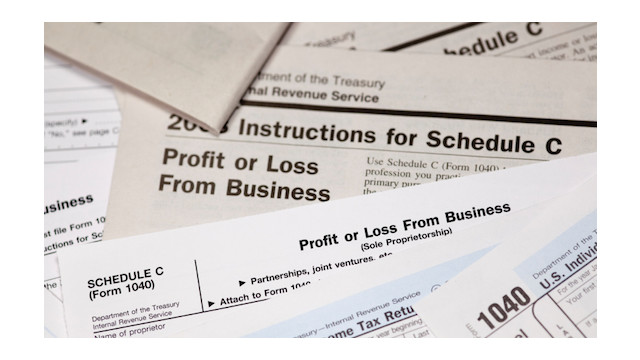One of the advantages of someone running their own business is hiring family members. But when including family members in business operations, certain tax treatments and employment tax rules apply. Here are some facts to know when working with a spouse, parent or child.
Both spouses carrying on the trade or business
If spouses carry on a business together and share in the profits and losses, they may be partners whether or not they have a formal partnership agreement. If so, they should report income or loss from the business on Form 1065. They should not report the income on a Schedule C (Form 1040) in the name of one spouse as a sole proprietor. But, the spouses can elect not to treat the joint venture as a partnership by making a qualified joint venture election.
Qualified joint venture
Spouses may elect treatment as a qualified joint venture instead of a partnership. A qualified joint venture conducts a trade or business where:
- The only members are a married couple who file a joint return,
- Both spouses materially participate in the trade or business, and
- Both spouses elect not to be treated as a partnership.
Only businesses owned and operated by spouses as co-owners and not in the name of a state law entity, such as a limited partnership or limited liability company, are eligible for the qualified joint venture election. Find more information on joint ventures in Publication 541, Partnerships.
Spouses electing qualified joint venture status are sole proprietors for federal tax purposes. Each spouse must file a separate Schedule C to report their share of profits and losses. They don’t need an EIN unless their sole proprietorship must file excise, employment, alcohol, tobacco or firearms returns. One spouse cannot continue to use the partnership’s Employer Identification Number (EIN) for the qualified joint venture. The EIN must stay with the partnership; it’s used by the partnership for any year in which the business doesn’t meet qualified joint venture requirements.
Employment taxes
If the business has employees, either of the spouses as sole proprietors may report and pay the employment taxes. The spouse, as an employer, must have an EIN for their sole proprietorship. If the business filed or paid employment taxes for part of the year under the partnership’s EIN, the spouse may be considered the employee’s “successor employer” for purposes of figuring whether wages reached the Social Security and federal unemployment wage base limits. One spouse employed by another. The wages for the services of an individual who works for their spouse are subject to income tax withholding and Social Security and Medicare taxes but not to the Federal Unemployment Tax Act (FUTA).
Child employed by parents. Payments for the services of a child under age 18 aren’t subject to Social Security and Medicare taxes, if the business is a sole proprietorship or a partnership in which each partner is a parent of the child. Payments to a child under age 21 aren’t subject to FUTA. Payments are subject to income tax withholding, regardless of the child’s age.
Payments for the services of a child are subject to income tax withholding as well as Social Security, Medicare and FUTA taxes if they work for:
- A corporation, even if it’s controlled by the child’s parent, or
- A partnership, even if the child’s parent is a partner, unless each partner is a parent of the child.
Parent employed by child. The wages for the services of a parent employed by their child are subject to income tax withholding and Social Security and Medicare taxes. They’re not subject to FUTA tax.
Employees complete Form W-4 so that their employer can withhold the correct federal income tax from their pay. The IRS encourages everyone to use the Tax Withholding Estimator to help them make sure they have the right amount of tax withheld from their paycheck. The estimator automatically links to Form W-4, Employee’s Withholding Allowance Certificate, which they can then fill out and submit to their employer.
More information:
- Election for Married Couples Unincorporated Businesses
- Publication 334, Tax Guide for Small Business
- Publication 15, Circular E, Employer Tax Guide
- Publication 51, Circular A, Agricultural Employer’s Tax Guide
- Publication 541, Partnerships
Thanks for reading CPA Practice Advisor!
Subscribe Already registered? Log In
Need more information? Read the FAQs




